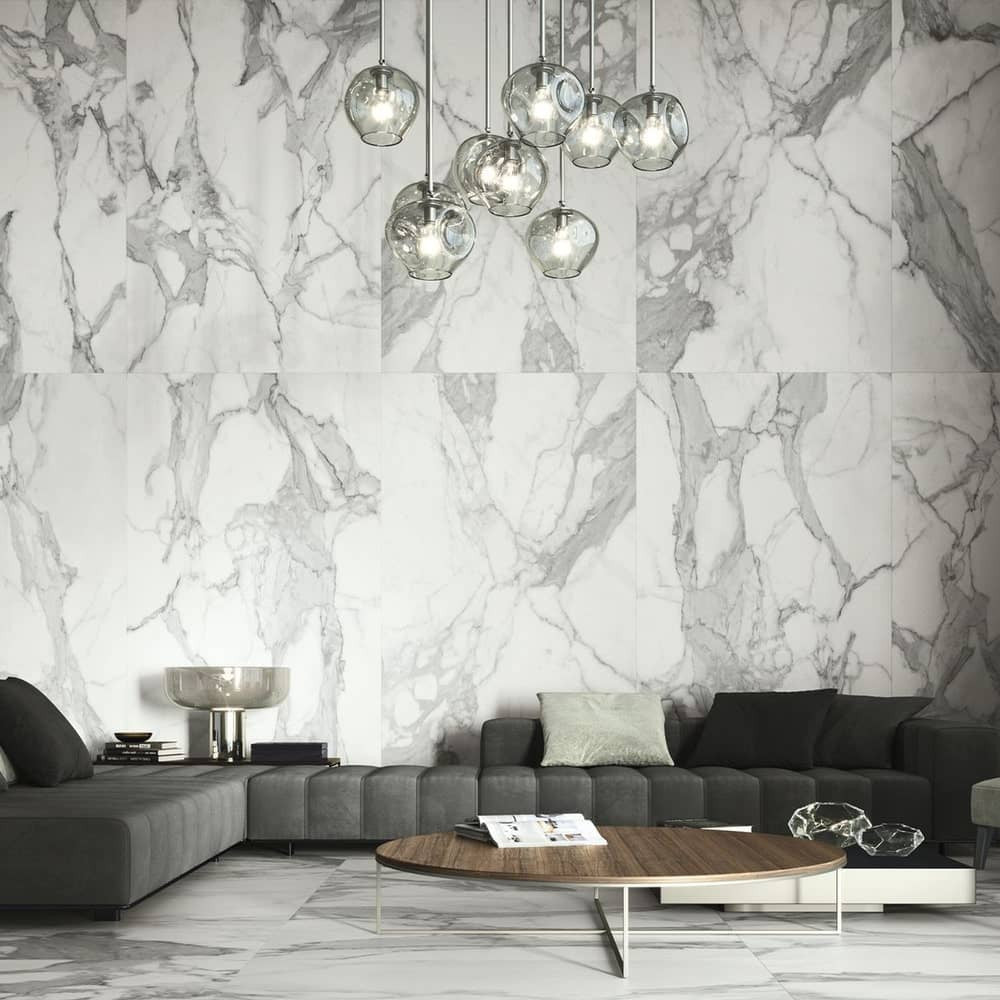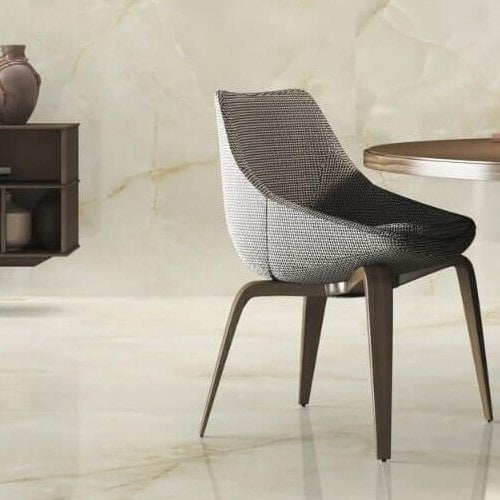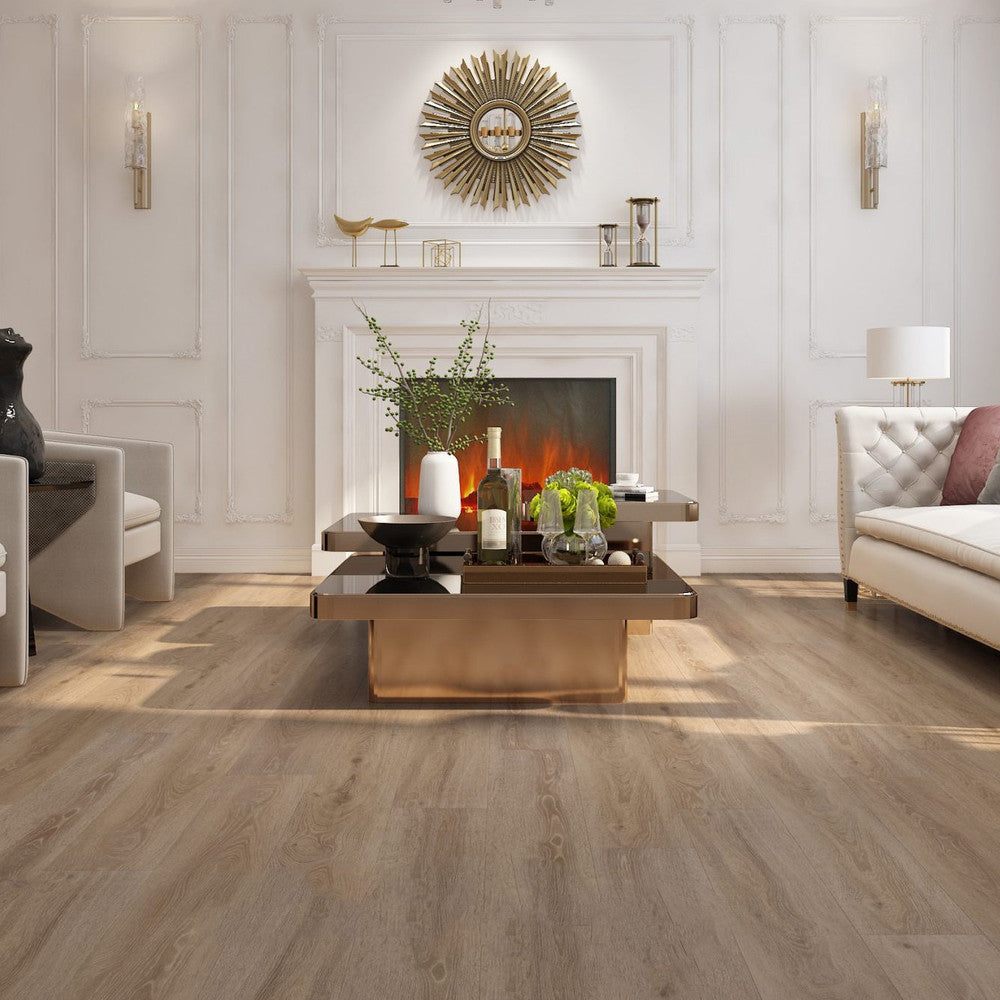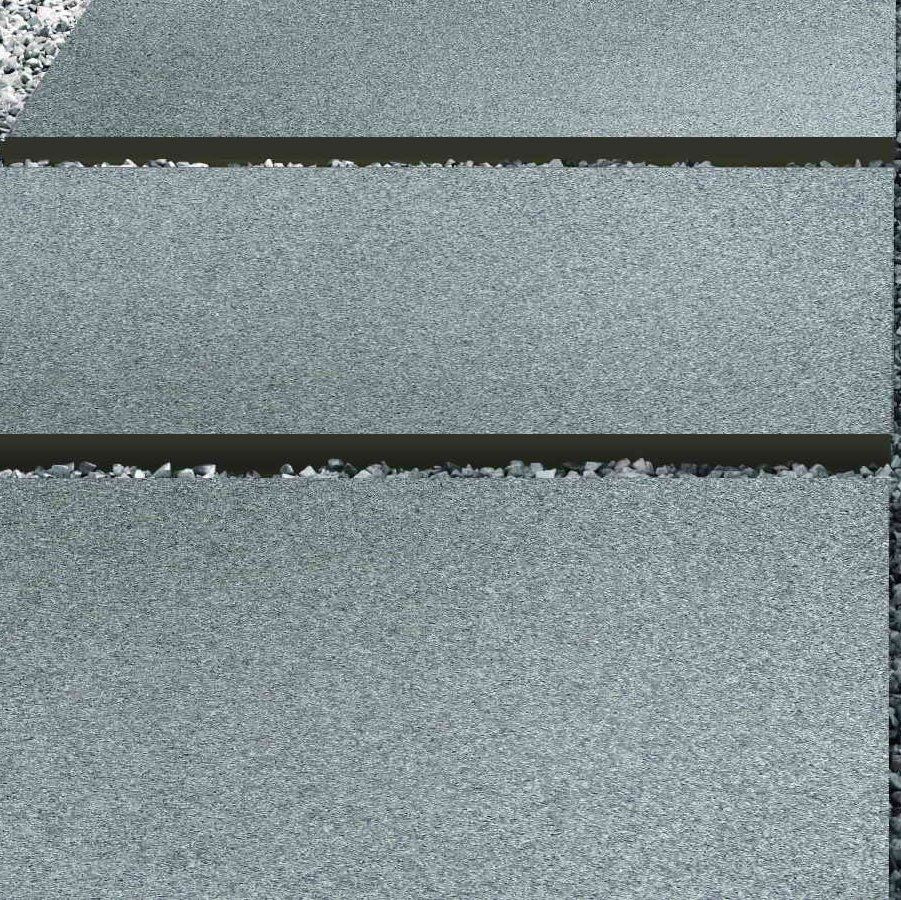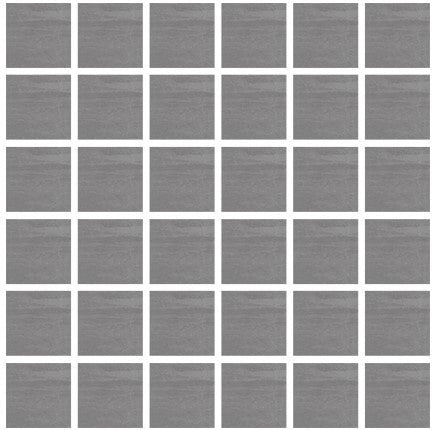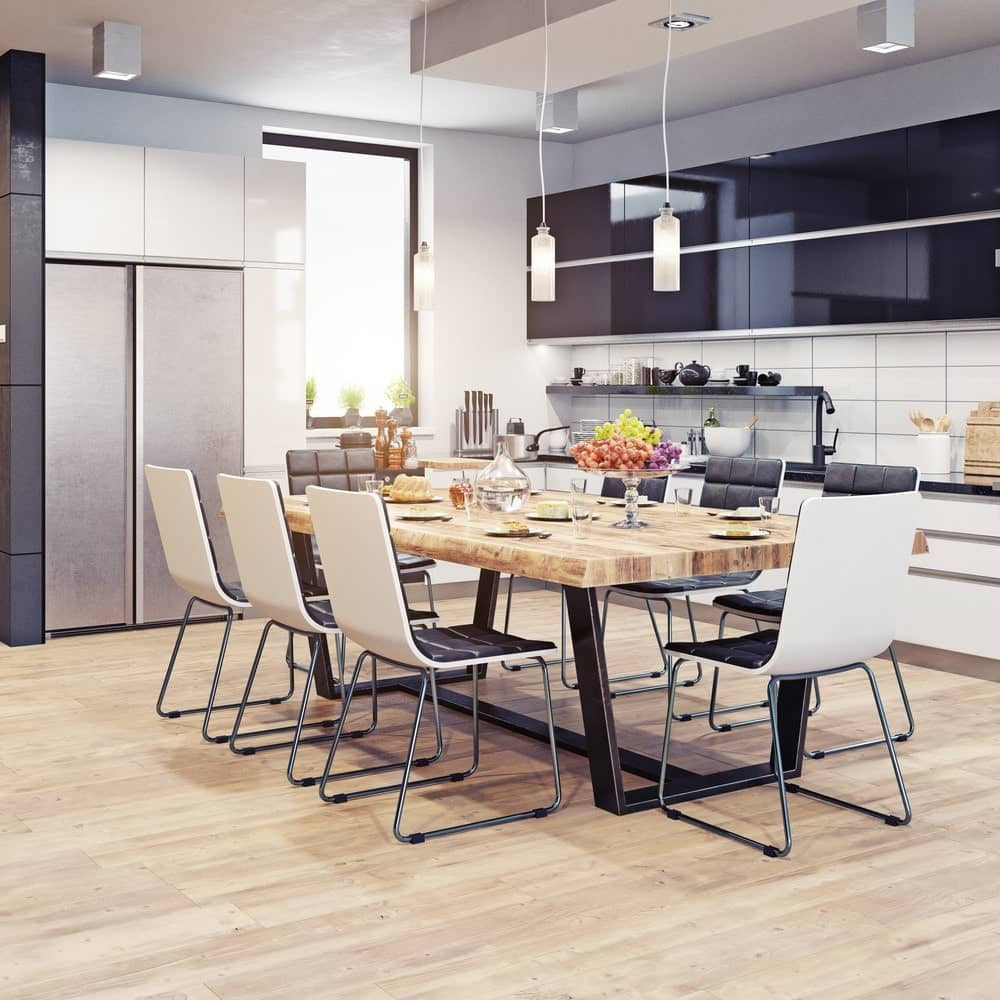You have no items in your shopping cart.
According to Google Trends, searches for "flooring" have been on the rise globally (first image) and in the United States (second image) since 2019. The slope is slow yet steadily climbing.


Many businesses, such as manufacturers, wholesalers, retailers, installation companies, and house cleaning agencies, are all involved at some point in the flooring process.
Whether you plan to sell or renovate, you should consider flooring as an essential investment in your home, as home improvements can increase the value of a property.
Kitchen or bathroom renovations can boost the value of your home by between 75-100%, so you not only recoup your renovation costs but also create profit. No house renovation and remodeling project is complete unless you also renew the floors.
Things to Consider When Buying Flooring
Flooring material popularity depends on a variety of factors. Budget, style, color harmony, and location of the installation field all play significant roles in determining the type of material you choose.
For example, you might not want to select the same flooring for your kitchen or bathroom as you would for your living room or bedrooms since some engineered wood and natural hardwoods are not as resistant to moisture as vinyl or laminate flooring. Or, the flooring you install in a dimly lit hallway should be different than that installed in a room that gets a lot of sunlight since UV rays can quickly fade certain materials.
It also helps to consider possible foot traffic when choosing flooring materials. A family home with three children and two playful pets will benefit from more durable flooring - it will look better, longer, and won't need replacing quickly - while a single-person residence won't see as much daily wear and tear.
Another thing to consider is the difficultly of the installation process. Will it be a manageable DIY project, or should you consider a larger budget to hire an expert?
Your Checklist when you're ready to shop for flooring:
- Know where you want to install the flooring.
- Be aware of the humidity, traffic level, and sunlight exposure in the installation location.
- Consider how new flooring could affect the room's existing style and color scheme.
- Calculate the square footage of the installation area(s).
- Know your budget, which will be a factor in the type of flooring you choose - some flooring may be out of that price range.
- Have a plan for installation. Whether it's DIY or hiring an expert, you know what you're going to do.
- Be ready to provide proper care and maintenance for the flooring you choose.
- Consider how the flooring you buy will add value when selling your house in the future.
Not all types of flooring products have the same level of popularity. Based on data extracted from Google Trends, among the five best-selling floors on the market, "vinyl flooring" has been gaining popularity since 2019 and is still increasing globally and in the United States to become the most popular type of flooring currently available in the market.


We have discussed the reasons for vinyl's popularity and its advantages here.
These are a few, out of many, factors affecting your decision when choosing the right type of flooring. Keep reading for helpful information on materials, costs, and installation to make the best choice for your home.
Keep These 10 Items in Mind:
1. Installation Location
Three things to be aware of are the moisture level (humidity), foot traffic, and the amount of sunlight in the room.
For sub-level basements, humid bathrooms, and similar places dealing with higher temperature and moisture, you should choose from moisture-resistant floors - tile and vinyl work well in such areas.
Busy areas need long-lasting and durable floors - solid hardwood and laminate are good choices.
If your room has plenty of windows and high sun exposure, look for fade-resistant floors like laminate and engineered hardwood.
Read more: What is the best flooring for each part of the house?
2. Traffic Level
More durable flooring is best for room and house entrances, family rooms, stairs, hallways, and other areas that kids and pets frequent - these areas experience most of the come-and-go traffic. Vinyl and laminate are two common scratch-resistant long-lasting flooring products that are known for their high durability.
3. Harmony with Existing Interiors
Of course, it is just as important to choose something that fits best with your house's interior design. The good news is that some flooring types, such as tile and laminate floors, are available in a wide variety of shapes and colors.
For tile, your options range from wood-style "planks" to traditional squares. With laminate floors, you can choose almost any type of style you want, making it easy to match existing features, like kitchen and bathroom cabinets.
4. Square Footage
To calculate the dimensions of your flooring, you should measure the square footage of your room by multiplying its length by its width. Then, add an extra 10% to your calculations to allow for cutting errors, measurement mistakes, waste, etc. Once you have that calculation, you will place your order with the manufacturer.
5. Budget
Some flooring options are more expensive than others - this makes getting samples a priority before purchasing. For example, even though hardwood flooring is often a classic addition to any home, it's also more costly.
However, if you like wood floors but have a limited budget, tasteful wood alternatives, like luxury vinyl flooring and laminate flooring, are widely available to fulfill your needs.
6. Obtaining Samples
We highly recommended asking for samples of the material you're thinking about purchasing. Then, a side-by-side comparison in the installation area will help you decide which one looks best and fits with your overall aesthetic.
Taking this step will help you make an educated decision and choose a flooring material and style that you will be happy with for years to come.
7. Installation - DIY or Professional?
Consider your flooring installation process and your investment in it. Are you experienced with do-it-yourself home improvement? Some types of flooring can easily click and lock into place and are an excellent option for DIY enthusiasts.
If not, you should hire an expert for installation. You might have to wait a few weeks to get a professional, but it is worth the peace of mind you'll have with correctly installed flooring.
Read More: The best underlays for vinyl, laminate, and hardwood
8. Care and Maintenance
How much time, money, and energy are you willing to invest in flooring maintenance?
For example, carpeted areas need vacuuming at least once a week to remove dust, hair, and allergens and keep them in good condition. You will also need to professionally deep clean carpets once a year to remove more deeply embedded dirt that vacuums can leave behind, especially if you have children and pets.
Laminate flooring, on the other hand, needs to be swept or dusted regularly. Tile and vinyl flooring also require regular sweeping and mopping to keep it clean and maintain its appearance.
No matter what material you choose, be sure to follow the manufacturer's care instructions to prolong the appearance and life of your flooring.
Read More: The pros and cons of tile flooring
9. Future Home Sale Potential
Installing a unique type of marble or an old-fashioned stone might seem charming, but how attractive will it be to buyers when you want to sell your house later?
You may stay in your home for years, but at some point, you will probably consider selling it - will your floors attract or detract from potential buyers' interest?
10. Other Considerations
If you're not sure what flooring to commit to right now, choose a product that you can easily change in the future. Whether it's due to high moisture levels, pet scratches, a desire to refinish the surface, or planning to renew the flooring before selling your house, future flooring renovation is an important step that should always be kept in mind.
Now that you've considered all of the items on your checklist, you can look into your flooring options. We have listed some of the most common materials for you below.
Flooring Options
Hardwood
Hardwood flooring is known for its natural appeal, is renowned for its resilience, and its appearance usually fits with any kind of interior design, and architectural style.
Hardwood floors are easily refinished and add the most value to your home, so they are a great investment before selling your house. Keep in mind, though, that they are not the best choice for wet areas.
Pros
- Compatible with most interior designs
- High return on investment (ROI) when selling the house
Cons
- More expensive than other flooring materials
- Vulnerable to moisture and humidity
More advantages and disadvantages of hardwood flooring
Installation cost: $5 to $10 per square foot
Engineered Wood
Engineered wood features a top veneer of natural wood backed by layers of cheaper plywood. These floors are less vulnerable to sudden or gradual changes in temperature or humidity. Engineered hardwood is a good option for kitchens and basements.
Engineered woods can be a DIY project as many manufacturers produce them as planks or parquet squares that are self-locking or clickable.
Pros
- More resistant to humidity than natural wood
- Cost-effective due to the thin veneer of real wood or bamboo
Cons
- Hard to refinish the surface compared to natural wood
- Dents easily
Installation cost: $4 to $9 per square foot
Laminate
Like engineered wood, layers of plywood or compressed fiber back the top layer of laminate flooring. It is considered one of the lowest-maintenance flooring types and is available in a variety of colors and styles.
An easy DIY project, you can install laminate flooring directly over existing floors without glue or nails. You can find it in planks or tiles, similar to vinyl, but with some differences.
Pros
- Lower price than natural solid wood
- Easy DIY installation
- Good choice for high-traffic areas
Cons
- Prone to moisture damage
- Difficult to repair and refinish like natural wood
Installation cost: $3 to $7 per square foot
Vinyl
Vinyl flooring is one of the best options in bathrooms, basements, and kitchens in every house; they are easy to clean and install. According to customers' opinions, vinyl flooring has become the most popular type of flooring during the past few years.
You can find them in planks and sheets, each with a separate installation system; however, both can be DIY projects, installable on nearly any subfloor.
Vinyl flooring has a wear layer on its upper surface that makes it stain and scratch-resistant. In addition, the 0.5 mm wear layer on vinyl planks can withstand light commercial traffic.
You can expect the wear-layer of quality vinyl floors to last up to 20 years.
Pros
- Waterproof and a good alternative for tiles in wet areas
- Resists scratches, dents, and discoloration caused by sunlight.
- The very best flooring for houses with pets.
Cons
- Lower ROI than natural hardwood or laminate
- Less popular due to appearance
Installation cost: $2 to $6 per square foot
Some questions people ask when comparing laminate and vinyl flooring are:
- Which one is better for pets?
- Which one lasts longer?
- How can I tell the difference between vinyl and laminate flooring?
In this article, we have compared these two popular floor materials and listed the advantages and disadvantages of each one.
Linoleum
Linoleum, made with renewable, naturally degradable materials like linseed oil and cork, does not off-gas hazardous vapors - this is why it's considered an eco-friendly type of flooring.
Virgin PVC vinyl is also considered an eco-friendly flooring, but is linoleum an alternative to vinyl?
Linoleum comes as sheets, planks, and tiles, each with a separate installation system.
You can find some linoleum flooring products with a safety covering that protects them against discoloration and helps withstand higher foot traffic. If your linoleum floor manufacturer has not included this coating, you need to refinish it every two years.
Pros
- Natural, resilient material made with linseed oil and wood
Cons
- Not every linoleum product is resistant to scratches and dents
Installation cost: $4 to $8 per square foot.
Porcelain or Ceramic Tile
Porcelain and ceramic tiles are waterproof, scratch-resistant, resilient to dust and dents, and considered the most durable type of flooring - a smart choice for high traffic and high-level humidity areas like kitchens, bathrooms, and entryways.
The variety of shapes, colors, and textures available help you create custom design patterns.
Unlike laminate and vinyl flooring, installing tile is not a DIY project and requires a budget of $4 to $15 per square foot to hire an expert who can take care of the installation.
Pros
- Available in a variety of shapes and designs
- Great for high traffic areas
- High-temperature durability
Cons
- One of the most expensive flooring options
- Not a DIY - needs an installation expert
Installation cost: Can vary from $4 to $15 per square foot
Cork
Bark from the cork oak tree is harvested every 8-10 years. After harvesting, the tree regenerates the bark, and it can be harvested again and again, making it a truly renewable material.
Cork flooring provides warmth underfoot and has a pleasing natural appearance. Cork comes in tiles or planks with a laminate construction — a top wear layer glued to stable core material.
Pros
- Easy to install and maintain
- Comfortable to walk and stand on for extended periods
Cons
- Possible discoloration with prolonged sunlight exposure
- More prone to dents and scratches
- Not a good option in areas with fluctuating humidity
Installation cost: $3 to $5 per square foot
Stone
You can find luxury and quality in stone flooring, but at a more premium price. Like many other types of flooring, you'll find stones in different shapes and materials. Travertine, marble, limestone, slate, and granite are some of the varieties of stones available.
The harder the stone surface, the more moisture-resistant it will be. Softer stones need refinishing every few years to keep them water-resistant. Harder stones, like granite and marble, need refinishing just twice a decade.
Some stone surfaces can get slippery when wet, so pay special attention when selecting stone flooring for moisture-prone locations. Textured stones are a safer option for areas like bathrooms or kitchens.
Pros
- Durable - resists moisture and wear from heavy traffic
- The variety of shapes and colors available lend to a natural, elegant look
- A valuable addition that increases your home price when selling
Cons
- More expensive than most other flooring options
- Some polished stones are vulnerable to scratches
- Difficult to repair damage
Installation cost: $5 to $10 per square foot
Carpet
Carpets have the most options available in terms of colors and textures. However, fiber density is the only factor you should consider when judging carpet quality; the more fibers per square inch, the more durable the carpet.
You can usually find a rating system on the carpet label showing the carpet's ability to resist wear and tear.
Most carpets are composed of synthetic fibers like nylon, polyester, acrylic, and polypropylene.
Wool is the highest quality carpeting material available and provides an inviting sense of softness and comfort.
Pros
- Soft and warm against bare feet
- Variety of colors and designs available
- Great option as a sound barrier
Cons
- Difficult to maintain – professional cleaning required at least once a year
- Highly susceptible to allergens such as mold, dust mites, and pet dander
- Not recommended for moisture-prone areas like kitchen and bathroom
Installation cost: $0.50 to $1 per square foot
Familiarizing yourself with flooring options, costs, and care will give you everything you need to make the best decision when buying flooring.
This video from Julie Khuu might help you with the process of buying flooring.
Here at WIDORF&CO, we make sure you get the flooring that will best suit your home for years of enjoyment. Visit our website to check out our flooring collections.
Order your FREE samples now - we will deliver them to you in less than 48 hours!
consumerreports.org
thespruce.com


